We’ve all been where you’re at. Your students are difficult to manage, they won’t stop talking… it’s all just too much! Your blood pressure starts to rise, you feel overwhelmed, and you start yelling at your class.
You don’t want to yell or raise your voice. This is not what you imagined when preparing to become a teacher. My hope is that after you read this post, you’ll be able to try out a couple of new things that will help you to stop all the yelling.
I’m not coming to you on a pedestal. As a new teacher, I yelled. I wish I’d handled my frustration better, but I honestly didn’t know what else to do. My student teaching mentor was this amazing, soft-spoken lady with a perfectly-managed classroom. I had zero experience with handling a difficult class.
Before I share some advice to help you stop yelling at students, let’s discuss some reasons you shouldn’t yell in the classroom.
 Reason #1
Reason #1
Yelling works for a little while, but eventually your students will start to tune you out. At first, your students will respond to the yelling, but then it just becomes normal to them and you are left spinning your wheels while the kids in your classroom ignore you.
Reason #2
Anyone walking by your classroom while you are yelling (administrators, coworkers, parents) will begin to think that you don’t have good classroom management or control. Parents may become defensive toward you if they hear you yelling frequently or hear from their children that you yell frequently.
Reason #3
It’s actually risky to yell and touch students. I learned from a psychology professor a long time ago that if you touch a person, even accidentally, while using a loud voice, that the person will perceive the situation as violence or abuse.
Imagine Billy is off-task for the fifth time today and you are starting to get frustrated. Any teacher would understand how draining it is to have a student who is doing everything but work.
You approach Billy’s desk and put your hand on his shoulder while yelling at him to get to work. He may go home and tell his mom that you hit him and yelled at him. He wouldn’t be lying because that’s how he perceived the situation.
Now you have a crisis on your hands. Anytime you appropriately touch students, you should always have a soft voice.
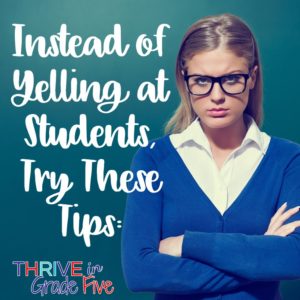
Now that we’ve hashed out the reasons you shouldn’t yell at students, let’s talk about a few things you can do differently. The good news is that it’s never too late to start over and turn things around!
Tip #1
You have to make a firm decision that you are going to remain calm and keep your voice calm. When you feel yourself getting frustrated, take some deep breaths and count to ten before responding.
Tip #2
Try to understand why students are pushing your buttons. They like to see you get mad. They love it when your face turns red and you get loud. It stinks, but it’s true. I mean, we are talking about pre-teens here.
They like to exert their control, and one thing they can control (sometimes) is the voice of their teacher. Don’t give students the ability to control your reactions. Stop, calm down, count to ten, and then respond with a quiet voice.
Tip #3
Ask your students to put their heads down. I even do this with big kids. I tell students that we are going to put our heads down for one minute to reset our brains and start fresh. It really does help to calm students down.
Tip #4
Create one classroom rule and stick to it. The all-encompassing rule I use in my classroom is “Don’t make a problem for yourself or anyone else.” Create a sequence of consequences that fits your classroom, situation, and school. When a student misbehaves, simply remind him/her of the classroom rule and apply a consequence calmly.
Tip #5
Use logical consequences whenever possible. When a student breaks my classroom rule, I make it their problem, not mine. If a logical consequence fits the situation, I will use it.
Example 1: Beth is caught throwing little pieces of paper. My response with a smile: “Thank you so much, Beth. I needed someone to pick up trash on my classroom floor. I’ll see you at recess to get started.”
Example 2: Matthew and Jenny continuously hop out of line and try to position themselves next to friends. “Matthew and Jenny, thank you for showing me that you need extra help with line procedure. I’ll see you at specials and we’ll practice.”
This is the most amazing book for calm classroom management. Seriously, it changed my teaching life.
* Please note that Thrive in Grade Five (Jenifer Bazzit) is a participant in the Amazon Services LLC Associates Program, an affiliate advertising program designed to provide a means for sites to earn advertising fees by advertising and linking to amazon.com. *
Tip #6
Reach out for help. Find the calmest, best classroom-managing teacher in the building and ask him/her for some pointers on how they handle classroom issues.
Bonus points if you can get this superstar to come observe in your classroom or if you can observe in his/her classroom. You will be sure to pick up some new classroom management tips and tricks.
I sincerely hope that this blog post has been helpful to you! Thanks for reading!

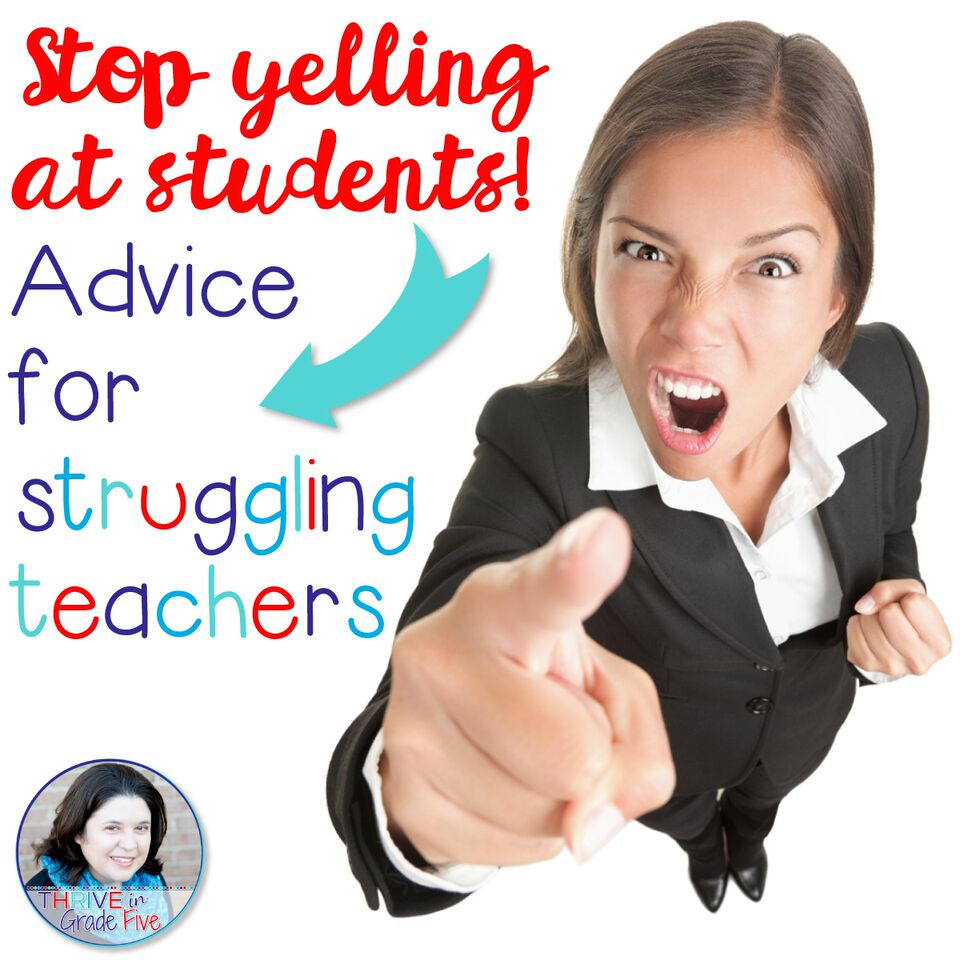
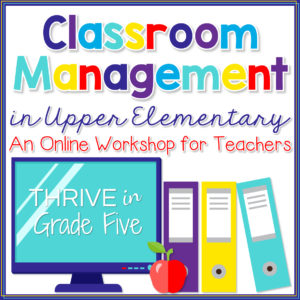


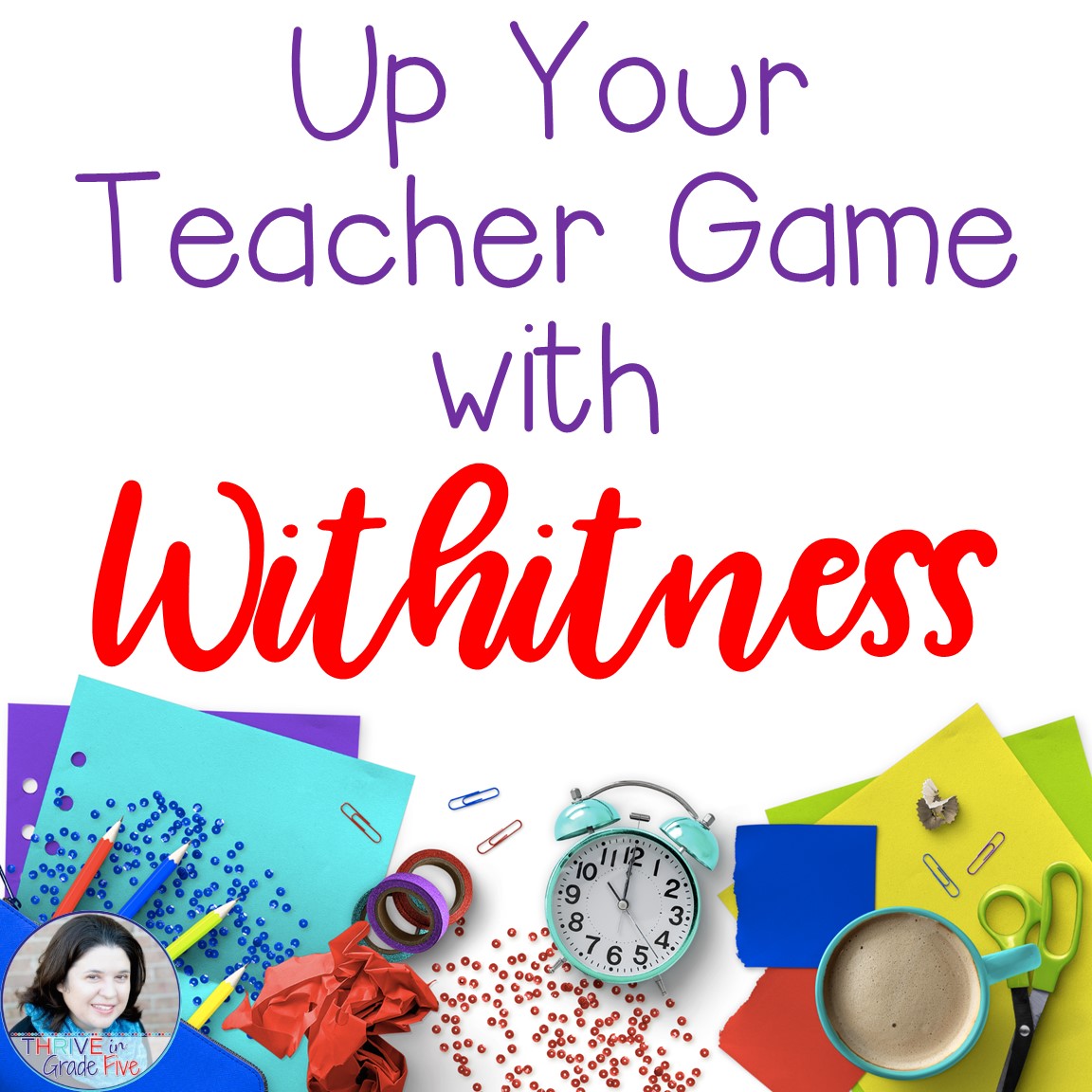


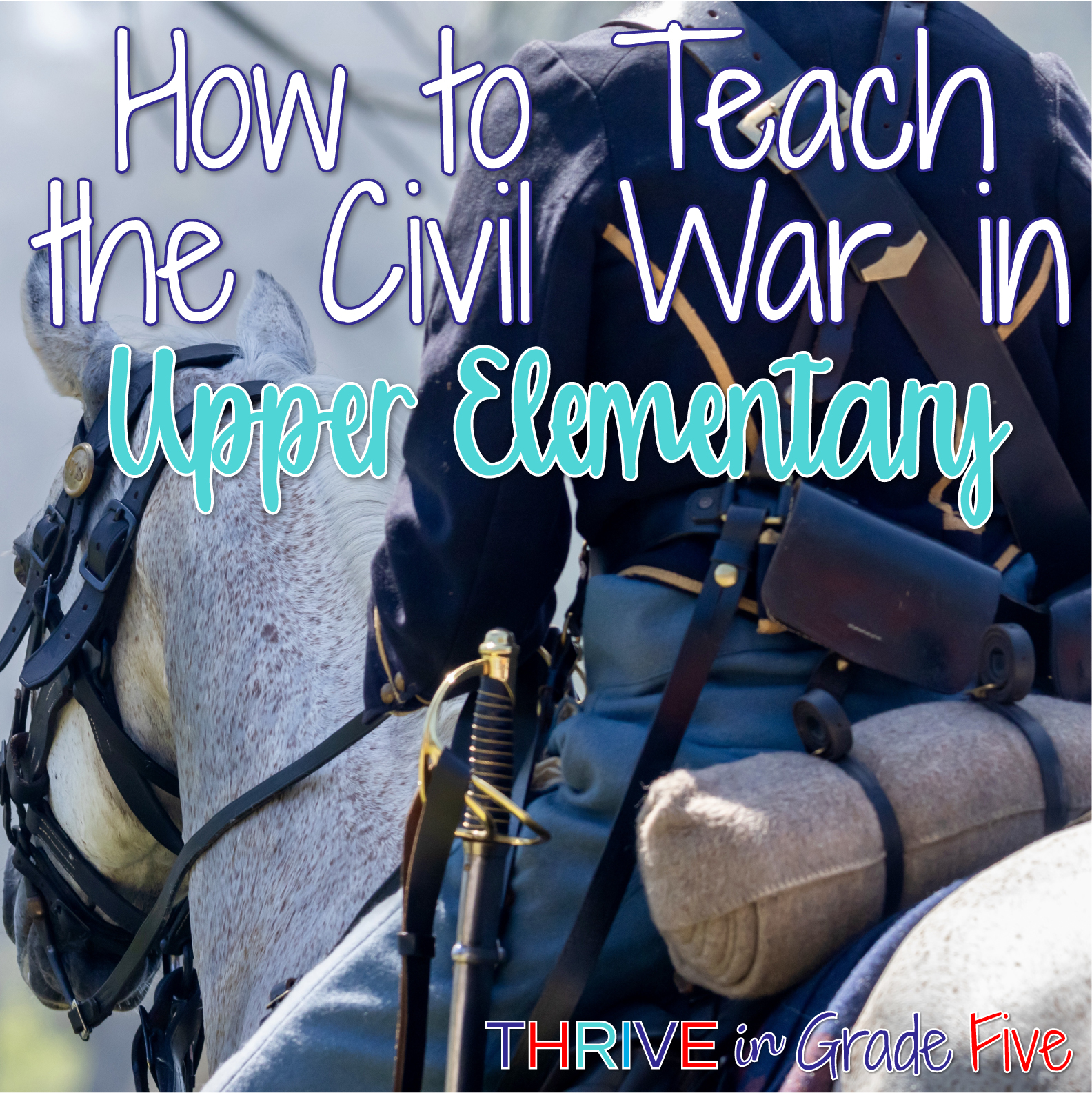
11 Comments
You mentioned a book that changes your life. What’s the name of it?
Hi Carla! The book should have been right there in the section!
It’s “Teaching with Love and Logic.”
Here’s the link: Teaching with Love and Logic
In tip #5, you mentioned a book. I’m not sure which book you are referring to.
Hi Jenna! The book should have been right there in the section!
It’s “Teaching with Love and Logic.”
Here’s the link: Teaching with Love and Logic
Thank you for the tips. I will definitively give it a try.
You’re so welcome! Thanks for taking the time to comment, Cynthia!
Absolutely correct, I was told by my lecturer that when we scold the young ones we instill fear a opposed to correcting the mistake
Very true! Thank you for sharing your thoughts 🙂
Thank you ❤️
You are very welcome, Riziki!